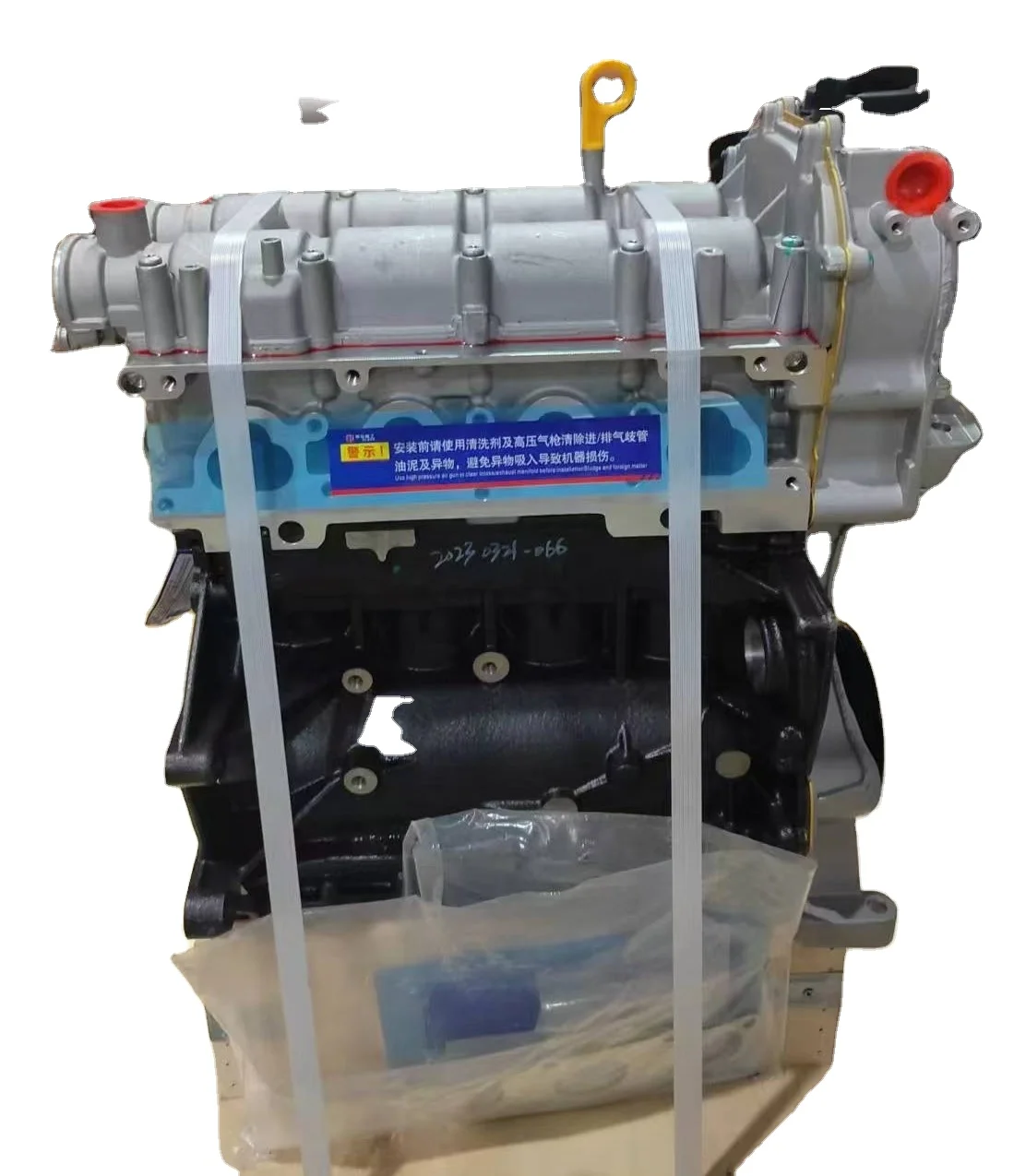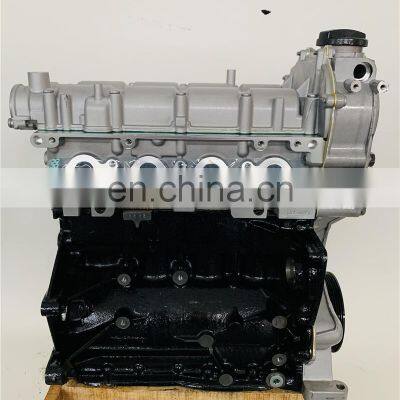Maintain smooth operations with a properly serviced clp engine.
Maintain smooth operations with a properly serviced clp engine.
Blog Article
The Function of a Clp Engine in Revolutionizing Engine Performance and Sustainability
The development of CLP engine modern technology provides a crucial minute in the automotive industry, where performance and sustainability assemble in unmatched ways. By maximizing burning processes and permitting dynamic adjustments in compression ratios, these engines not only promise improved gas performance and reduced exhausts but likewise challenge conventional engineering paradigms. As the industry grapples with journalism requirement for greener remedies, the effects of embracing CLP modern technology expand much beyond mere efficiency metrics. What remains to be seen is exactly how these innovations will certainly reshape the future landscape of automobile engineering and ecological obligation.
Understanding CLP Engine Innovation
As the auto sector continuously looks for innovative options to enhance performance and efficiency, recognizing CLP engine modern technology becomes crucial. The term CLP represents Compression-Low Pressure, a cutting-edge engine design that focuses on maximizing burning procedures and reducing exhausts. This modern technology operates by preserving a low-pressure atmosphere within the burning chamber, which promotes a more total fuel melt and minimizes unburned hydrocarbons.
Among the crucial functions of CLP engine innovation is its capacity to change the compression proportion dynamically. This versatility enables the engine to run efficiently across numerous driving problems, boosting gas economic climate while concurrently boosting power output. Furthermore, CLP engines take advantage of advanced products and design principles to lower weight and thermal losses, even more adding to total performance.
Furthermore, the combination of digital control systems plays a vital role in taking care of the engine's performance parameters. These systems allow real-time changes to ignition timing and fuel shot, optimizing burning for both power and performance. By comprehending CLP engine innovation, stakeholders in the vehicle market can much better appreciate its possibility in driving the future of engine style, efficiency, and sustainability.
Efficiency Enhancements Offered
CLP engine innovation delivers significant performance improvements that establish it in addition to typical engine styles. Among the main advantages of CLP engines is their ability to operate efficiently across a broader array of rates and tons. This flexibility equates right into improved torque delivery and velocity, supplying an extra responsive driving experience.
In addition, the innovative burning process made use of in CLP engines enhances fuel-air blending, resulting in higher thermal efficiency. This improvement not only makes the most of power output however also minimizes power loss, leading to an engine that performs better under various problems.
Moreover, the modular design of CLP engines enables for much easier integration with crossbreed systems, magnifying their performance capacity - clp engine. This flexibility allows manufacturers to create cars that accommodate consumer demands without giving up agility or power
The precision engineering associated with CLP modern technology additionally contributes to reduce rubbing and wear, improving engine go to the website durability and minimizing the frequency of upkeep. Generally, these performance improvements position CLP engines as a leading option in the search of high-performance, trustworthy, and functional engine solutions.
Ecological Advantages of CLP Engines
Among the most compelling benefits of CLP engines lies in their environmental benefits, which are progressively crucial in today's automobile landscape. These engines are developed to enhance gas performance, dramatically minimizing carbon discharges contrasted to conventional combustion engines. By making use of advanced combustion strategies and ingenious products, CLP engines promote cleaner exhaust outputs, contributing to enhanced air top quality.
Furthermore, the decrease in gas intake not just leads to decrease greenhouse gas discharges however also conserves beneficial natural deposits. As nonrenewable fuel source reserves decrease, the change in the direction of CLP modern technology stands for a critical step in the direction of sustainability. The engines are frequently compatible with alternative gas, even more enhancing their eco-friendly charm and enabling a varied energy portfolio.
Furthermore, the lightweight style of CLP engines helps lower lorry weight, which in turn reduces the energy needed for propulsion. This causes reduced functional power intake and a minimized ecological footprint. In summary, CLP engines stand at the leading edge of efforts to reduce climate change and promote sustainable techniques in the auto sector, embodying a future where performance and environmental duty are not mutually exclusive.
Comparison With Typical Engines
While standard engines have long controlled the automotive sector, the introduction of CLP technology provides a significant change in efficiency and performance. Typical interior combustion engines primarily count on fuel burning, which not just limits thermal efficiency but likewise adds to greater discharges. In contrast, CLP engines utilize advanced thermal administration and an unique combustion directory procedure, improving fuel efficiency and dramatically decreasing greenhouse gas discharges.
Furthermore, typical engines operate set power curves, which can impede performance in differing driving problems. CLP engines, nevertheless, are designed to adapt their performance dynamically, giving optimal power distribution based upon real-time demands. This adaptability results in improved acceleration, responsiveness, and general driving experience.
Upkeep also varies significantly; standard engines frequently need regular oil modifications and part replacements as a result of deterioration. clp engine. CLP engines, with fewer moving parts, promise minimized upkeep needs and longer functional lifespans

Future Potential Customers and Innovations
As the auto landscape develops, the future of engine innovation is increasingly concentrated on innovations that boost performance and sustainability. The Clp engine, with its special style and functional efficiencies, is poised to play a crucial duty in this makeover. Future developments might involve developments in materials science, enabling the construction of lighter and a lot more long lasting elements, therefore lowering overall automobile weight and boosting fuel performance.
Additionally, the integration of synthetic knowledge and maker learning into engine management systems is expected to optimize performance dynamically, enabling for real-time adjustments based upon driving problems. These advancements can find out this here better lessen discharges and boost energy utilization.
Furthermore, research study right into different fuels, consisting of hydrogen and biofuels, provides exciting possibilities for Clp engines, straightening performance with eco-friendly campaigns. clp engine. As regulatory structures come to be stricter, the adoption of such technologies will be important in achieving sustainability goals without jeopardizing power
Conclusion

Report this page